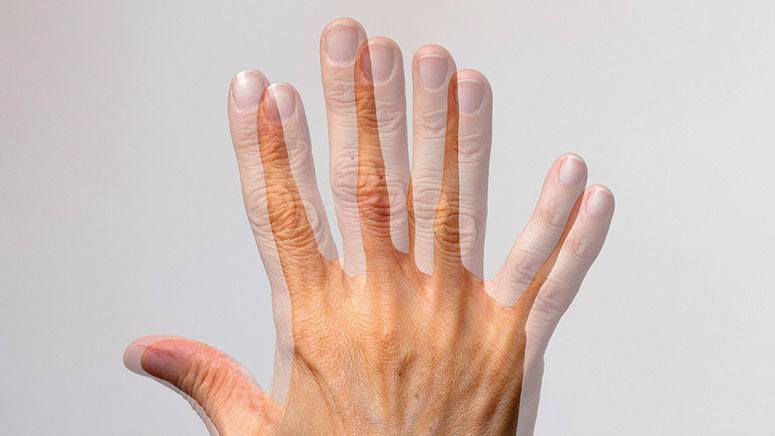What are the signs and symptoms of lazy eye?

Amblyopia is usually not easy to detect until it gets severe. It is a case where the child will not be able to focus properly with one of their eyes and the other eye makes up for the problem so much that the affected eye suffers as a result. As time passes, the eye with impaired vision will not receive clear images. The brain will also not receive clear data, and will eventually start to ignore it.
What makes it difficult for one to notice any sign or symptom of the impairment is that. In most cases, the brain and the stronger eye make up for the defect of the affected eye so well that it easy noticeable that there is an issue with the other eye. So usually it is not until there is a routine eye test before the lazy eye is detected.
However, some of the signs and symptoms of lazy eyes include:
- An eye that wanders inward, outward, downward, or upward
- Eyes that appear not to work together
- Bumping into objects on one side
- Poor depth perception
- Blurred vision
- Squinting
- Double vision [2]
These symptoms may not show until later stages of the condition, which is why it is important that children get their vision checked. Usually, the first eye check is done at the age of 3 to 5. Even though it is being ignored by most parents, it shouldn’t be and it is more important with children that have a family history of crossed eyes, childhood cataracts, or other eye conditions.













